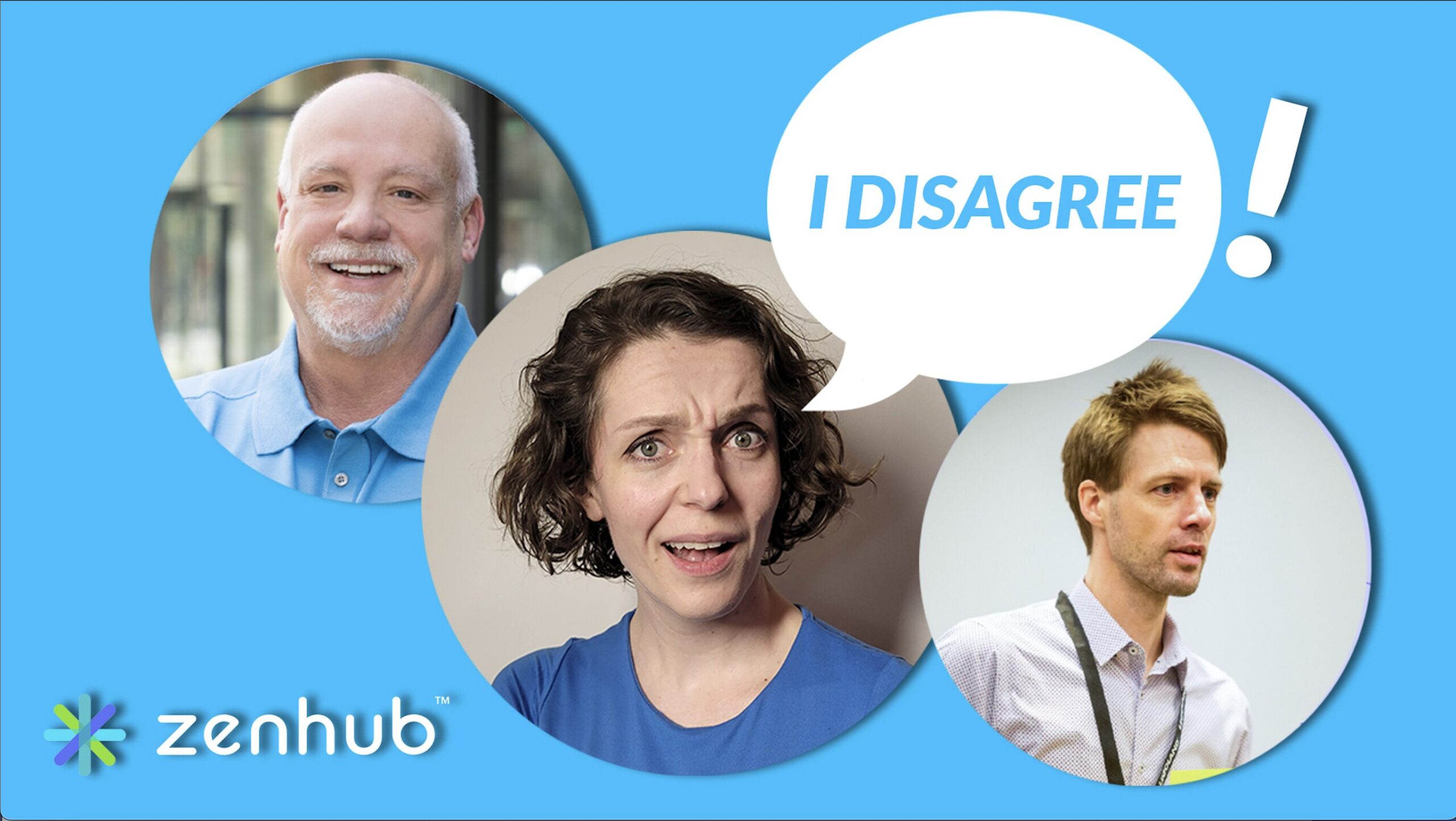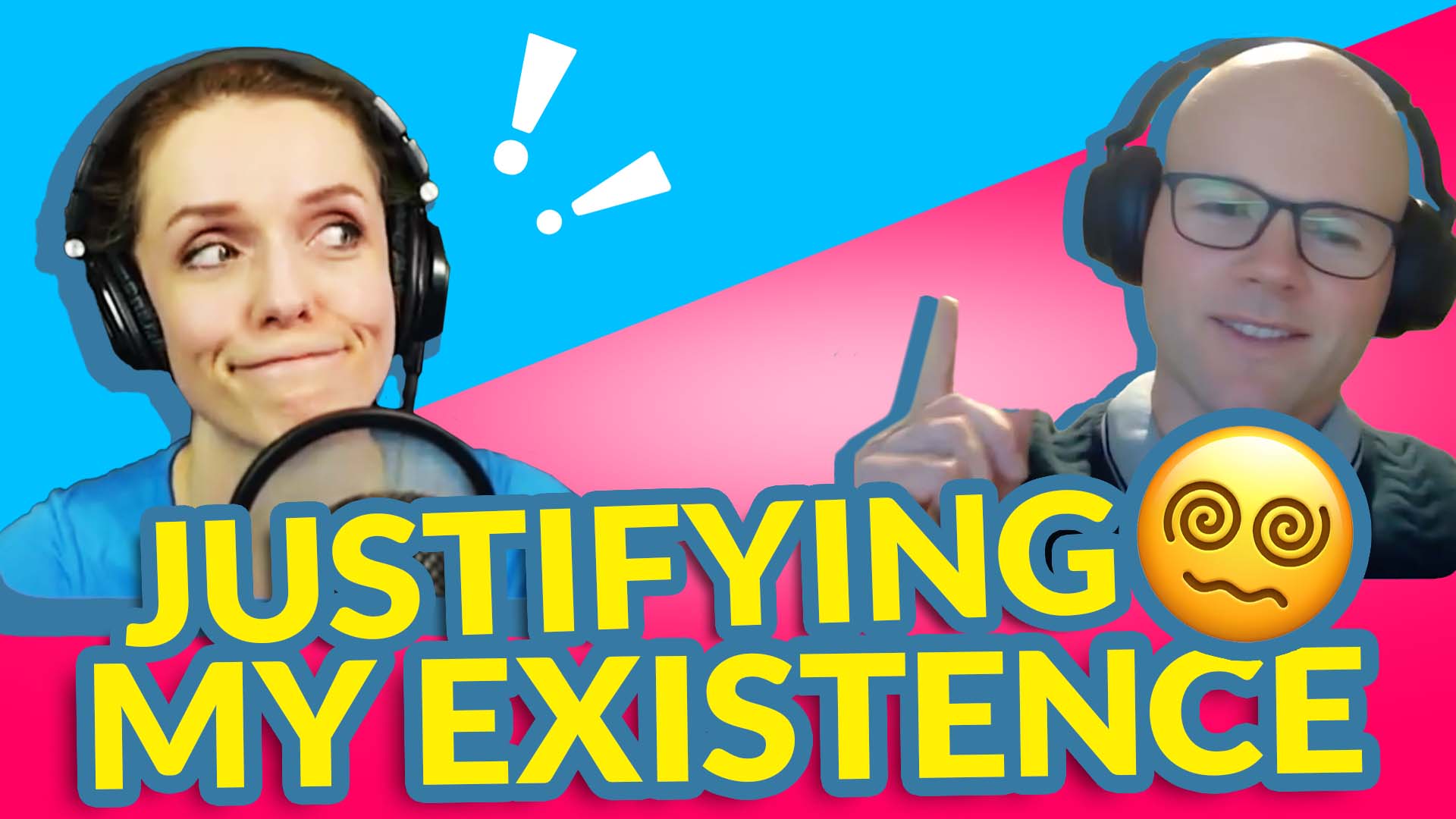Did you miss the last videos? Watch part 1 of virtual lean coffee to learn how to facilitate one yourself and watch part 2 to learn how to coach your Product Owner.
Last time we talked about how to coach a Product Owner and how to resolve conflicts
Scrum Master as a Teacher and Facilitator
In this video, we discuss two very different topics: Definition of Done and some facilitation techniques. Both topics are extremely important for a Scrum Master to be more effective when taking the stance of a teacher and a facilitator.
Definition of Done is a topic that is often misunderstood. Even though the whole point of Scrum is to deliver a Done Product Increment at the end of each Sprint. Learn more about it as we discuss the first question:
00:08 Common misunderstandings about the concept: Definition of ‘Done’.
In the second part we talk about good old Liberating Structures. If you’re looking for some ideas of what structures to use in which Sprint Events, you should definitely watch this part.
07:37 What are your favourite Liberating Structures to use for Scrum Events? Examples?
If you want to learn more about Liberating Structures you should visit their official website at http://www.liberatingstructures.com/
Agile way to deliver content
You might have noticed that it took me three weeks to deliver the whole recording of the webinar. It seems long, doesn’t it?
I want to use this opportunity to talk about why I did it and what it can teach you!
I put a lot of focus on quality of everything that I produce. That’s why just downloading the recording of the webinar and uploading it as is was not an option.
When you participate in an event, even an online one, you’re more engaged. It’s easy to follow and sometimes long pauses between exercises don’t feel that long. It’s a completely different story if you’re watching it.
A lot of editing was involved to only show the bits of the recording that actually matter to people who watch them. Long pauses, the “uumm”s, waiting on volunteers, setting up the board – all this is not essential to the content of the video. Plus, some visual support at some point in the video was also necessary.
Since the editing process was taking a long time, waiting for the whole video before releasing it would have delayed delivering value to the customer. So instead, as a Product Owner of ScrumMastered, I opted for smaller but more frequent releases.
In this case, as a customer, you’ve received a section of the video which still covered quite a lot of valuable information every single week since the webinar.
And let’s be honest, no one would sit though a 1 hour long video in one go anyway. Small chunks fo 15 minutes are much easier to consume and keep you engaged.
For me, that’s the Agile way of working and I’m trying to walk the talk, as they say.
I hope it gives you some insights into how you can apply Agile values and principles to virtually any situation to get the highest benefits.
Where else could you use small but frequent releases to deliver value to your customers?



